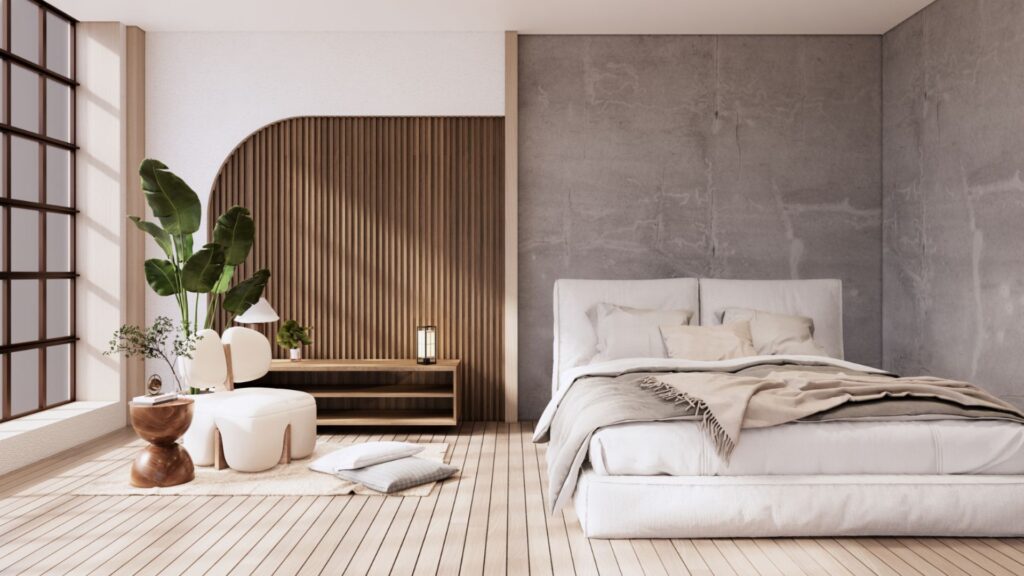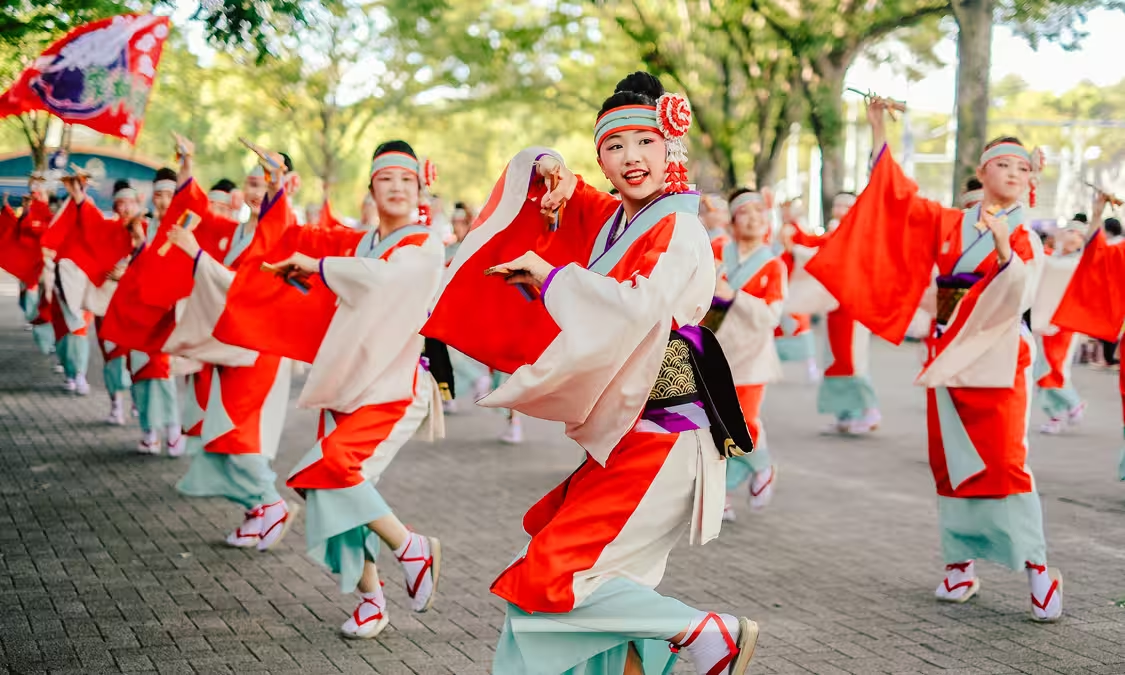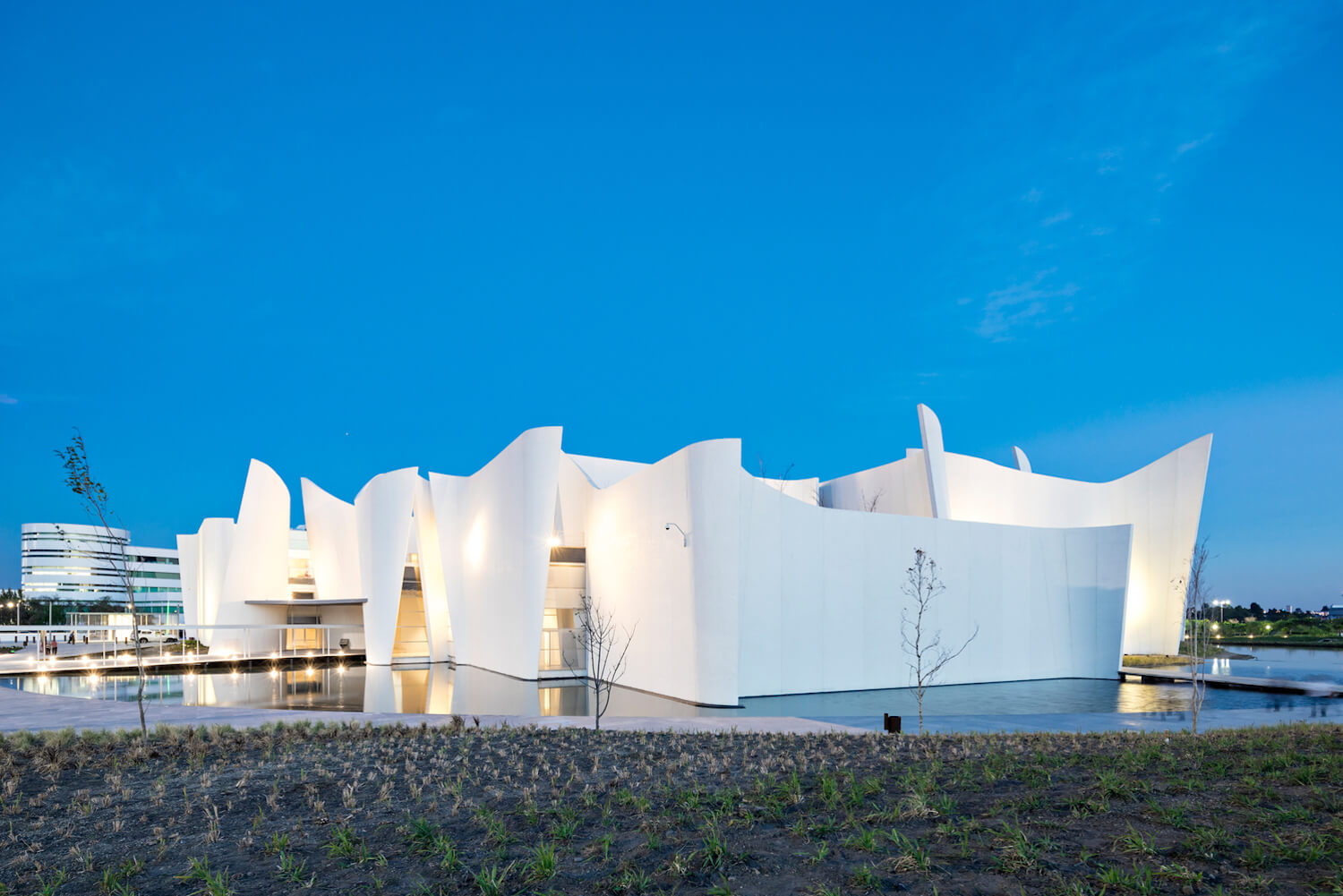Wabi-sabi is a unique Japanese aesthetic that embraces imperfection, simplicity, and the beauty of natural aging. Rooted in Zen Buddhism, this philosophy influences Japanese design and architecture, creating spaces that feel harmonious, peaceful, and deeply connected to nature. In a world that often values perfection and modernity, wabi-sabi reminds us to find beauty in the incomplete, the impermanent, and the imperfect. In this article, we will explore how wabi-sabi is reflected in Japanese design and architecture, from traditional tea houses to modern minimalist homes.

The Philosophy of Wabi-Sabi
Wabi-sabi is difficult to define in a single sentence, but it is often described as the appreciation of imperfection and transience. The term comes from two words:
-
Wabi (侘び) – Simple, rustic beauty, often associated with solitude and a deep connection to nature.
-
Sabi (寂び) – The beauty that comes with age, such as the patina on old wood or the cracks in a ceramic bowl.
This philosophy encourages an acceptance of life’s natural cycles, including aging and decay, and finds beauty in things that are raw, natural, and unpolished.
Wabi-Sabi in Traditional Japanese Architecture
Japanese architecture has long embraced wabi-sabi principles. Unlike Western architecture, which often strives for symmetry and perfection, traditional Japanese structures celebrate asymmetry, natural materials, and a sense of impermanence.
The Use of Natural Materials
Traditional Japanese homes and temples use natural materials like wood, bamboo, paper, and stone. These materials age beautifully over time, gaining character rather than losing value. Wooden beams darken with age, paper screens (shoji) become slightly wrinkled, and stone pathways show wear from footsteps—each element tells a story of time passing.
The Aesthetic of Simplicity
Wabi-sabi design avoids unnecessary decoration. Interiors are often sparse, allowing space for light and air to move freely. Tatami mats, sliding doors, and low furniture create an uncluttered and calming environment. The simplicity is not about lack but about removing excess to reveal the beauty of what remains.
Asymmetry and Imperfection
Unlike classical Western architecture, which emphasizes balance and symmetry, Japanese buildings often have asymmetrical layouts. A tea house, for example, may have slightly uneven walls or an irregularly shaped doorway, creating a space that feels organic and natural. These small imperfections add to the charm and uniqueness of each structure.
Wabi-Sabi in Japanese Interior Design
Handcrafted and Aged Objects
Handmade ceramics with uneven edges, wooden furniture with visible grain patterns, and woven textiles with slight irregularities are prized in wabi-sabi interiors. Unlike mass-produced items, these objects carry a sense of history and craftsmanship.
A Muted, Earthy Color Palette
Wabi-sabi interiors use soft, natural colors like beige, brown, gray, and muted greens. These tones reflect nature and create a warm, calming atmosphere. Walls may have a textured, unfinished look, and fabrics like linen and cotton add to the organic feel of the space.
Minimalist and Functional Spaces
Rooms are designed with simplicity in mind, often featuring only essential furniture and a few carefully chosen decorative elements. Instead of filling a room with objects, wabi-sabi design allows space to be part of the beauty.
The Influence of Wabi-Sabi on Modern Japanese Architecture
Even in contemporary architecture, wabi-sabi continues to influence design. Many modern Japanese homes incorporate:
-
Raw and unpolished materials – Exposed concrete, untreated wood, and natural stone surfaces.
-
Flexible, open spaces – Sliding doors and multi-purpose rooms reflect the fluid, ever-changing nature of life.
Architects like Tadao Ando have embraced wabi-sabi by designing buildings that blend minimalism with natural elements, creating peaceful, meditative spaces.
Conclusion
Wabi-sabi is more than just an aesthetic—it is a way of seeing and appreciating the world. In Japanese design and architecture, this philosophy reminds us to embrace imperfection, find beauty in the simple and natural, and create spaces that feel warm and lived-in. Whether in a centuries-old temple or a modern minimalist home, wabi-sabi continues to shape Japan’s architectural identity, offering a timeless lesson in appreciating life’s imperfections.











